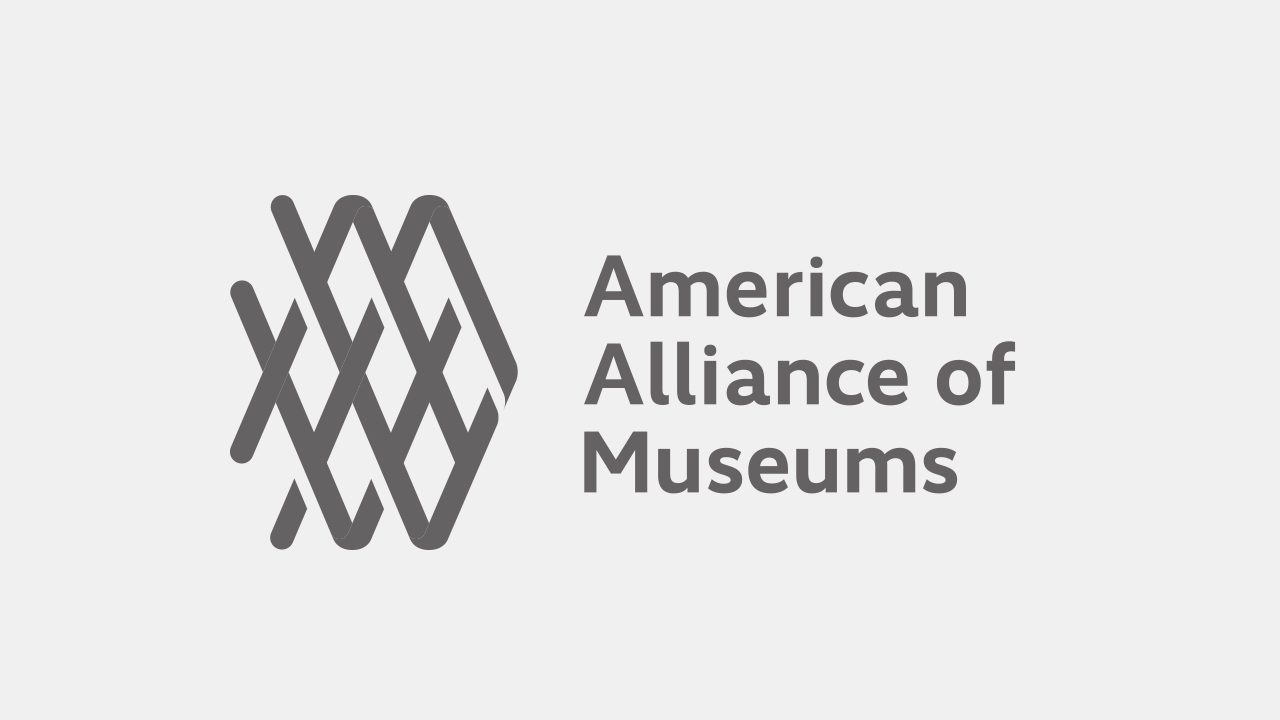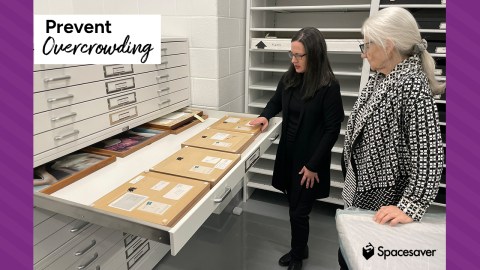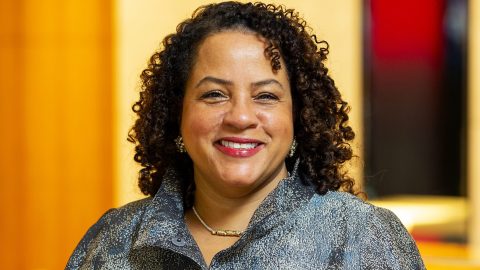This week we launch Round 3 of Forecasting the Future of Museum Ethics. As with previous rounds, the public is invited to weigh in at the same time (on a parallel track) as our recruited “Oracles.”
This round delves into six issues selected on the basis of their rankings in round two, exploring where the Oracles and the public think these issues are headed in the future. They are:
- Accessibility:providing access to collections and institutions; economic accessibility;balancing accessibility to collections with preservation responsibilities;economic accessibility; balancing accessibility with preservation
- Conflictsof Interest: development and fundraising, governance, personal collecting
- Controlof content: curatorial independence and scholarship by staff and academicexperts versus community curation; public participation in contentcreation (e.g., crowdsourcing, participatory design); censorship
- Collectingand deaccessioning: including the use of funds resulting fromdeaccessioning, retention of material the museum does not use or makeaccessible, choice of what to collect
- Diversity:diversity of representation in governance, staff and audience; affirmativeaction in recruiting staff and board members
- Transparency& accountability: governance, operations, finance
Many of the questions in the round 3 survey instrument are framed around museum standards—asking whether the existing standards will be sufficient to address these issues in the future, and if not, how they might change.
Why did we frame the questions about ethics around standards? After all, not everything in museum standards is about ethics, and conversely, many ethical issues about which museum people feel passionately are not addressed, or are barely addressed, by current standards.
AAM defines standards as “generally accepted levels of attainment that all museums are expected to achieve.” In plain English, that means standards are practices that all good museums are expected to adopt. Museums can expect to be criticized by their colleagues, or their supporters, or the press, if they don’t. As National Standards and Best Practices in U.S. Museums states, “Standards are not lofty goals that only a few will achieve, they are fundamental to being a good museum, a responsible non-profit, and a well-run business.” This means museums had better be pretty darn careful when declaring something to be a standard—because they might have to live with the resulting coverage of their actions, as judged by this standard, in the local press the next day.
For this reason, thinking about how an issue is addressed or might be addressed by a standard is a good test of whether an issue is important, and whether there is sufficient consensus in the field to describe the appropriate way for museum practitioners to behave. You could write a standard about the ethics of gender equity regarding setting the thermostat in your meeting rooms—but do most people care enough to bother? And even if they do care passionately, could you broker an agreement between men and women regarding the appropriate setting?
In fact, we found all six of the issues selected for further investigation are addressed to some extent in the current standards, but some only vaguely or tangentially. Regarding accessibility, for example, the standards state
Themuseum demonstrates a commitment to providing the public with physical andintellectual access to the museum and its resources.
One issue related to accessibility raised on round one was that of economic accessibility: as one Oracle put it, “keeping museums affordable (free or low cost) for the broader public in future scenarios of diminished public/private support.” Do you think that in the future, museum practitioners might decide that economic accessibility of museums is sufficiently important it should be addressed in a standard, and will there be sufficient consensus to determine what that new standard might be?
The other reason to tie the ethics forecast to standards is that one practical outcome of our forecast might be a decision, on the part of the museum field and the AAM leadership, to revisit the standards and revise them to reflect the challenges museums & society will face in the next 25 years. If our forecasters overwhelmingly say “the current standards about issue X are not sufficient to accommodate the changes we see in coming decades,” that would be a clear call to action.
That, in turn, is why we hope you’ll weigh in on this round. It might be your museum looking to the national standards for guidance in 2025, or answering an awkward question from a journalist who knows “what all good museums should be expected to live up to.”
Follow this link to contribute to round three of Forecasting the Future of Museum Ethics. [Oracles, make sure you follow the link in your personal email.] And then stay tuned for the results…









Case study: The Mark Rothko Southwest History Project explores and documents the new ethnohistoric view on Rothko. All research has been shared with the National Gallery of Art which is the lead institution on Rothko research. Access to critical materials is denied. Director forbids curators to talk about Rothko and American Indians and 1000's of schoolchildren are presented an obsolete and racist view on Rothko. Ethical?